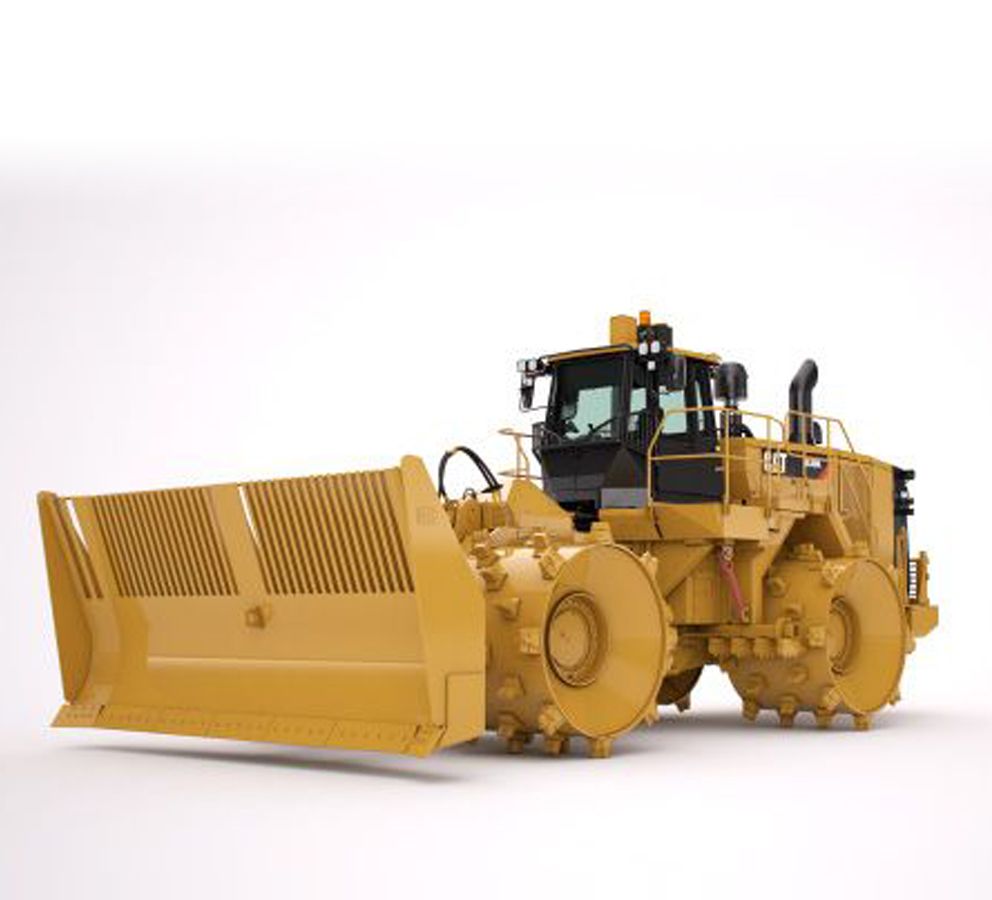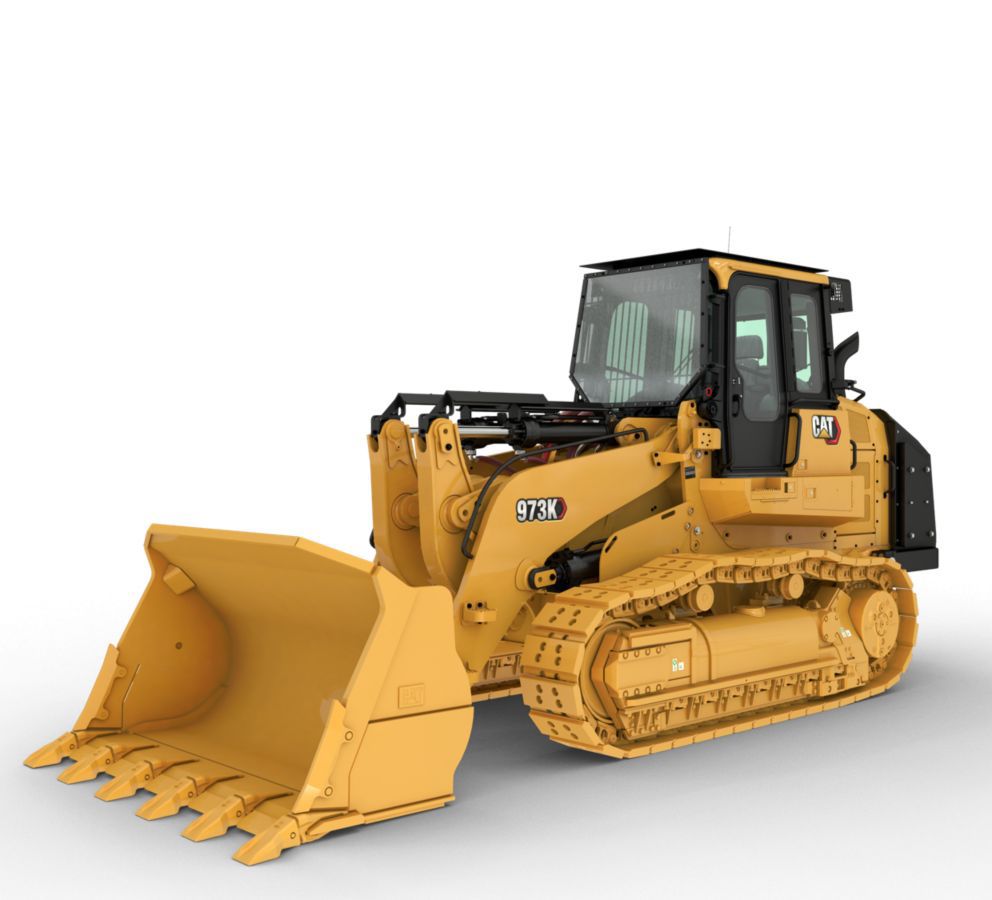

Sign In
Welcome! Sign In to personalize your Cat.com experience
If you already have an existing account with another Cat App, you can use the same account to sign in here
Register Now
One Account. All of Cat.
Your Caterpillar account is the single account you use to log in to select services and applications we offer. Shop for parts and machines online, manage your fleet, go mobile, and more.
Account Information
Site Settings
Security
Net Gain in the Waste Industry
Getting more done at the Bi-County landfill

IMPROVED COMPACTION EXTENDS LANDFILL LIFE
As the county seat of Montgomery County, Clarksville (pop. 161,886) is the fifth largest city in Tennessee. Located on the banks of the Cumberland River in northeast Tennessee, Clarksville’s rich history permeates its riverfront and distinctive downtown architecture.
Clarksville’s economic development, scenic beauty and recreation all center on the river. Impressive venues and restaurant patios provide magnificent river views. A 1.25-mile meandering river walk follows the majestic waterway, connecting downtown to the river. The Clarksville Downtown Marketplace is an added attraction. With more than 100 vendors, the outdoor market was voted #1 in America in the American Farmland Trust’s “2020 Market Celebration.”
Clarksville is also the home of Austin Peay State University, The Leaf-Chronicle—the oldest newspaper in Tennessee—and neighbor to Fort Campbell, a U.S. Army post that straddles the Kentucky-Tennessee border.
BI-COUNTY LANDFILL
In 1974, Montgomery and Stewart counties formed a Solid Waste Authority. This foresight by county officials led to one of the best-run solid waste facilities in the country. The Bi-County landfill, located seven miles east of Clarksville, is where all waste materials are taken for Montgomery and Stewart counties. Known worldwide, Bi-County Solid Waste Management operates a Class I landfill and two Class III landfills that handle construction and demolition waste. On average, the Bi-County landfill receives 1,000 tons of waste on a daily basis.
Serving a 2,100-square-mile area with a combined population of more than 230,000, the 550-acre landfill conducts operations on 80 permitted acres. The current permitted Class 1 section is projected to close in 2030, while the current permitted Class III sections will close by 2040. A new 33-acre cell currently under development will remain active until 2040. Staff and engineers will continue to develop the remaining 300-plus acres for future permitted areas.
Landfills are complex organizations required to meet challenging regulations that minimize negative effects on the environment’s air, land and water. In addition to meeting federal and state environmental regulations, Bi-County is also charged with increasing the amount of recycling it takes in each year.
Bi-County was the first government-run landfill in Tennessee to meet Subtitle D regulations for solid waste. Regulations established under Subtitle D ban open dumping of waste and set minimum federal criteria for the operation of municipal waste and industrial waste landfills, including design criteria, location restrictions, financial assurance, corrective action (cleanup) and closure requirement.

HIGHER COMPACTION RATE
Bi-County utilizes a fleet of Cat® 973 Track Loaders with a large bucket attachment to spread both Class I refuse and sludge that it receives from the Clarksville Wastewater Treatment Plant. Compaction is achieved with two Cat 836K Landfill Compactors.
In the past, the Bi-County landfill was achieving a compaction rate of 1,461 lbs. per cu. yd. But since it started utilizing the Cat 836K machine equipped with GPS mapping, the landfill is now realizing a dramatically improved compaction rate of 1,703 lbs. per cu. yd., according to landfill executive director Mark Neblett.
“I’m proud of the guys who have managed it, and I’m proud of our board for approving the purchase of the compactor and installing the GPS system on it — it’s paid off,” says Neblett, who has a 30-year history working at the Bi-County landfill in various roles. “I think we gained an extra two to three years of life in that one cell because of the compaction rate we’re achieving. So, we’re happy.”
Using GPS technology factory-integrated in the 836K, compaction is accomplished in fewer passes, improving efficiencies and reducing fuel consumption costs.
“The operators can look on a screen in the cab that has different color codes,” Neblett says. “If an area has only been passed over one time and maybe if we have two compactors going and a loader is pushing the waste, an operator can sometimes miss out on an area that they thought was compacted."
Our operators can communicate with each other and view the same screen simultaneously. Once they’ve gone over everything four and five times, they see their screen is completely black and know that they didn’t miss anything. An operator riding on top of the waste has a sense of feel for when they’ve got something compacted, but I think this technology has helped us a lot in terms of greater efficiency.
“It also tells them if their lift is too thick,” Neblett adds. “One thing we stress with our operators is to try to spread thin lifts, so this technology helps us with that, too.”
Neblett says he pushed hard for the GPS system to replace the old method that relied on surveying with a hand-held rover.
“As our operators are working in a cell, they shape the design of the landfill, and they know where they need to fill and also recognize the boundaries where you don’t want to get that area too high or too low. You don’t have to have anybody go out shooting and checking."
“They have that information with them at all times, which means they are able to get the cover thickness accurate, along with achieving more efficient compaction. We have reduced the number of passes and it’s been very helpful — I really believe in it.”
CAT® 973K SUITED TO LANDFILLS
Bi County makes extensive use of five Cat 973K Track Loaders for not only spreading sludge and general refuse, but also excavating earth for cover material for constructing the cells. The 973K is a versatile machine for loading, sorting, excavation, loading and moving sludge and spreading cover, and is well-suited to a landfill or transfer station.
“Through the years, our guys have really liked running the 973 loaders,” Neblett explains. “We use those in both our demolition and Class 1 landfills. Several years ago, we used them to load dirt when we needed to, and we still can. We just like the versatility of being able to use those machines when we need to cut out cells.”
Waste Handler arrangements on the 973Ks feature specially designed guarding and seals to take on the severe challenges of waste applications. A choice of buckets and track shoes allows further optimization for greater performance and longer, more reliable service life. Specialized guarding, striker bars and seals combine to help protect the machine and components from highly abrasive waste materials, impact and airborne debris. Final drive guarding helps prevent wire wrapping and damage.
“In the 30 years I’ve been here, in this waste we get into all kinds of things, like wires that get in final drives,” Neblett says. “Caterpillar has advanced and is constantly improving their technology to prevent that from happening with their guarding system. So, we’re glad that they’re doing that because we’ve had some problems through the years with that and now it’s a lot better. There have been a whole lot fewer final drive repairs.”

“An operator riding on top of the waste has a sense of feel for when they’ve got something compacted, but I think this technology has helped us a lot in terms of greater efficiency.”
– MARK NEBLETT
Executive Director, Bi-County Solid Waste Management
Bi-County consults with its Cat dealer, Thompson Machinery, for guidance with machine selection, and depends on them for timely parts and service support.
“They do a good job helping us trying to decide on what equipment we might need that’s best suited for the application we have,” Neblett says.
“When it comes to equipment maintenance, they have a local store that’s not far from us, which makes it convenient for parts. And when we need help with a repair, they come here whenever we need them."
We have tried various equipment over the years, and Thompson Machinery does a great job providing us with the Cat parts we need in timely fashion,” Neblett adds. “The garbage doesn’t stop, it just keeps flowing in. So, we have to keep our equipment going in order to handle it.”
FEATURED MACHINES







